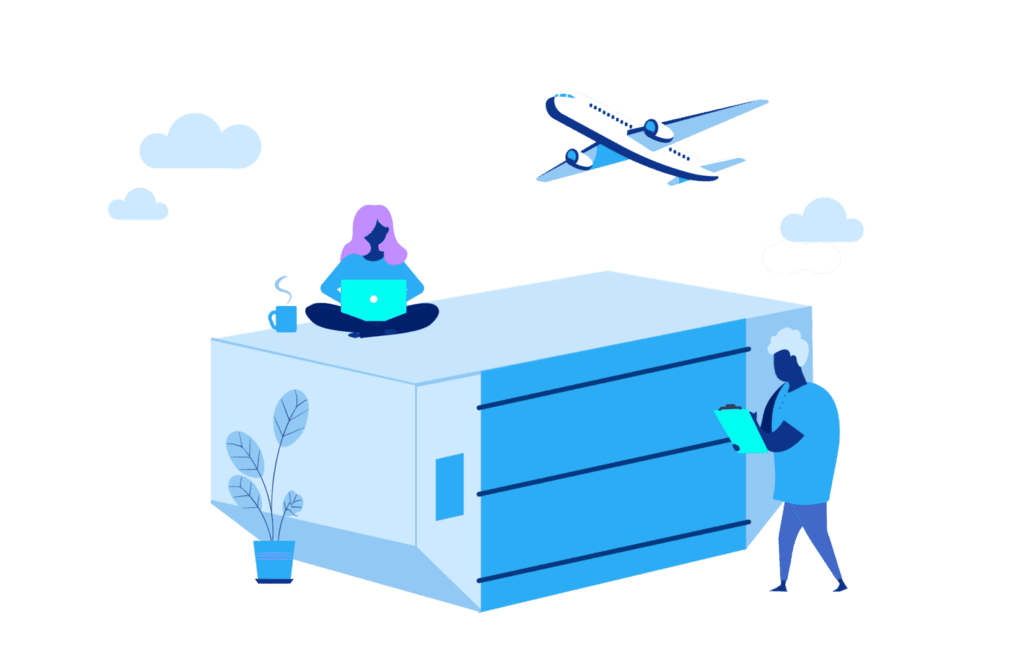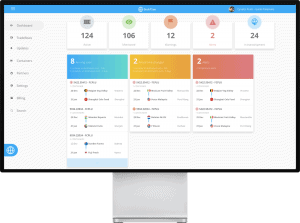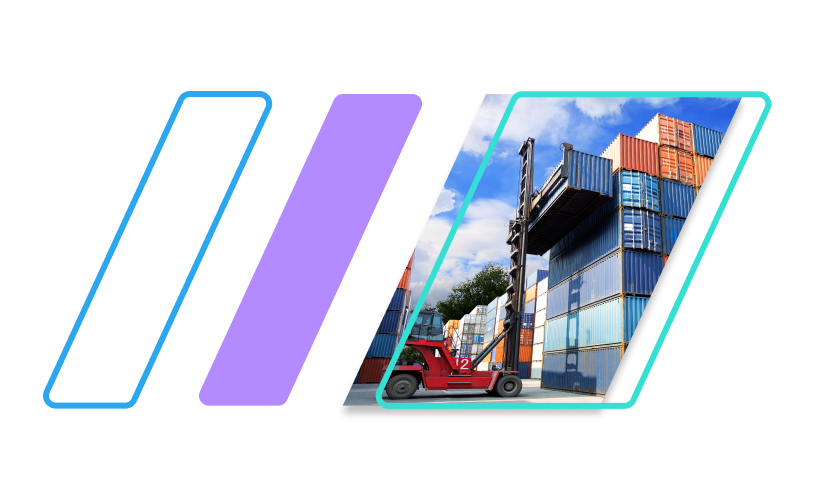Forwarders, shippers, and importers have long complained about unreasonable demurrage & detention charges. However, the issue has ballooned in recent months as the coronavirus pandemic is heavily distorting cargo flows.
The combination of blanked sailings due to a lack of critical mass of cargo, and social lockdowns which slow down the ports’ ability to unload and clear containers, has resulted in exorbitant demurrage & detention charges. Containers are either stuck at the terminals or it is impossible to return empty containers due to the already congested terminal.
Dockflow, a company focused on developing digital solutions for freight forwarders and shippers, has experienced this firsthand with their customers. “We have clients all over the world, and all of them are faced with massive demurrage and detention bills at the very moment! Some forwarders we work with export to South-Africa, but the country was in complete lockdown. Importers had to close for 27 days, so containers could not be delivered. As a result over 20.000 containers piled up in warehouses. In addition to 27 days of detention costs, many of our clients’ exports contained fruits and vegetables. It’s no surprise that the entire value of the cargo went to waste after 27 days. Losing the cargo value and taking into account all extra costs, amounted to a loss of up to $40.000 for one reefer container,” says Troy Muyshondt, co-founder at Dockflow.

“On the other side of the ocean in the ports of New York and Los Angeles, the same situation occurred. Most marine terminals in the U.S. have a demurrage cost of around $200 per day. As many of these terminals were congested, it often took more than five extra days to get an appointment to pick up an unloaded container, meaning $1.000 in extra costs. In some cases, the importers, who already were having financial difficulties due to the pandemic, abandoned the containers to avoid paying these extra charges. Forwarders then become the point of contact to cover these charges.”
While the aim of demurrage & detention fees is to incentivize better cargo flows, it seems that it clearly misses its purpose these days. Parties are being charged enormous amounts for circumstances out of their control, which reinforces the argument that these charges are actually revenue generators for terminals and carriers.
Eventually, Dockflow developed an online application specifically to help prevent and reduce demurrage & detention costs. The application has been made available for free during the pandemic, as a project to help the logistics industry. The free demurrage & detention tool can be accessed at dockflow.com
How can digital tools help?
It is clear that shippers, forwarders, and importers are placed in a precarious situation due to these exorbitant charges. The question is, what can they do to prevent or mitigate these costs?
Visibility on your demurrage and/or detention status is key. And though it is possible to manually track the exact arrival and check the corresponding free time agreement of a couple containers, when you have multiple containers in transit, this becomes too much to handle.

But digital tools can warn you when a container is standing still for too long at a terminal. This way a shipper, importer, or forwarder can anticipate these events. The importer or last-mile forwarder will be able to arrange the pick-up from the terminal in time. Also, they’ll be warned when they have to return the empty container to avoid detention costs. From an export perspective, the shipper and forwarder will know how to arrange the transport to avoid these costs at the port of origin.
Tech solutions can’t help you avoid being charged when it is impossible to pick up or return a container due to terminal congestion, or when a container is idled by a blanked sailing. But even in these situations, digital tools can help you retain all the relevant documentation – from emails to photographs of long truck lines outside port terminals to screenshots of computer screens showing terminal gate appointment times – and speed-up negotiations with the shipping lines and terminals to mitigate the charges after the fact.
Trying to negotiate charges with the shipping line is no easy task. It is better to leave the dispute resolution process to a trusted freight forwarder. A forwarding company that takes their customer service seriously will leverage its carrier relationships in the negotiations with the shipping company to the shipper’s advantage.
Go digital but don’t forget the people
Troy from Dockflow advises using technology as much as possible as the return on investment is high during these times of elevated costs. However, having the right tools is not the only thing that matters. “Technology is here to help us as much as possible, but you need the right team around you to do something with that information. Work together with reliable and digital savvy partners. That’s the only way we can overcome one of the big recent challenges in the logistics industry.”



